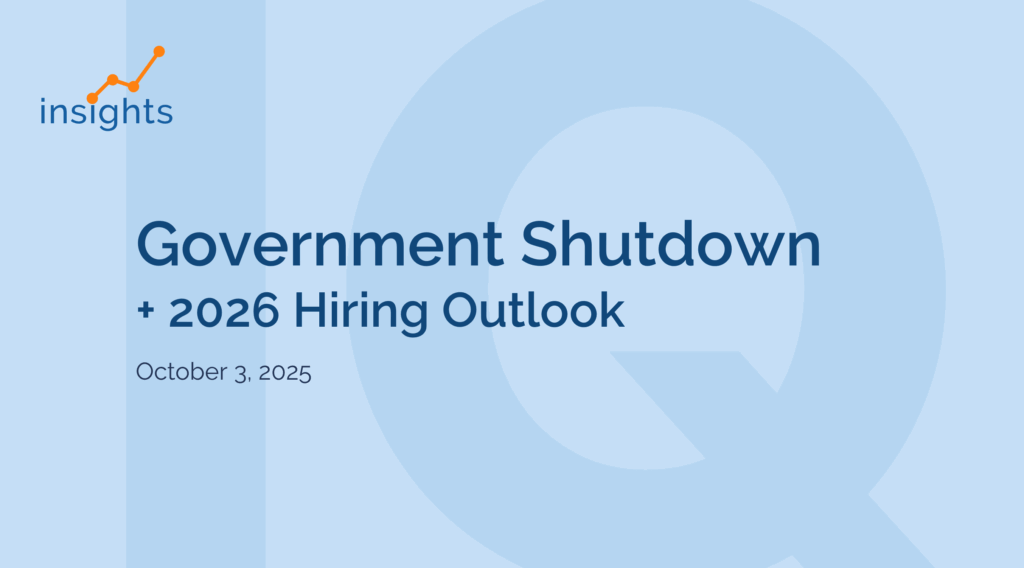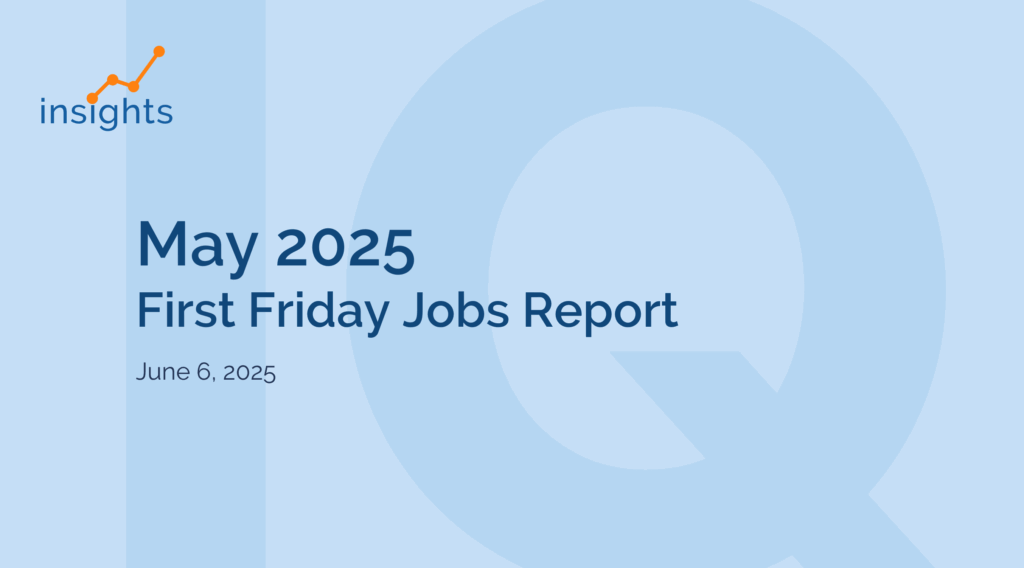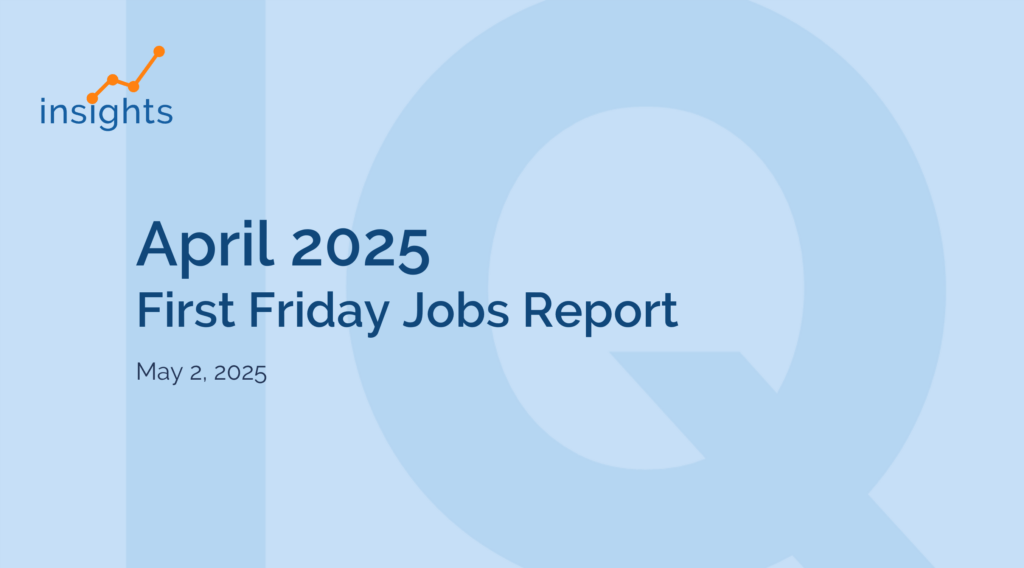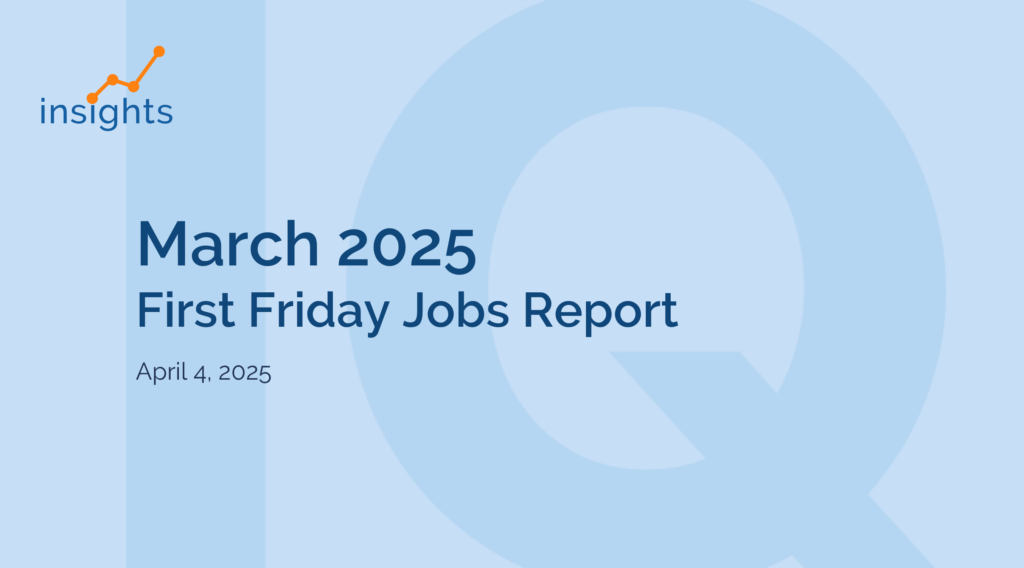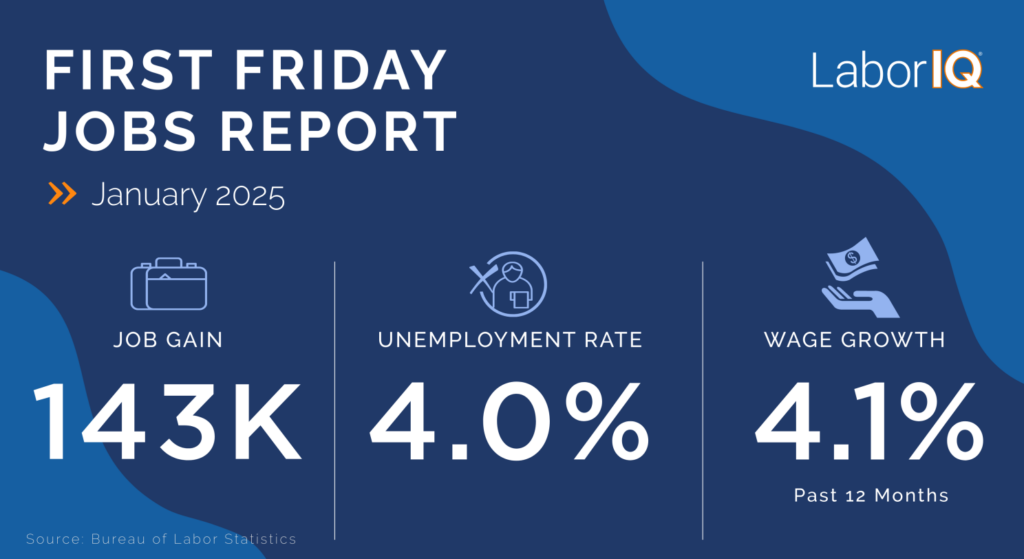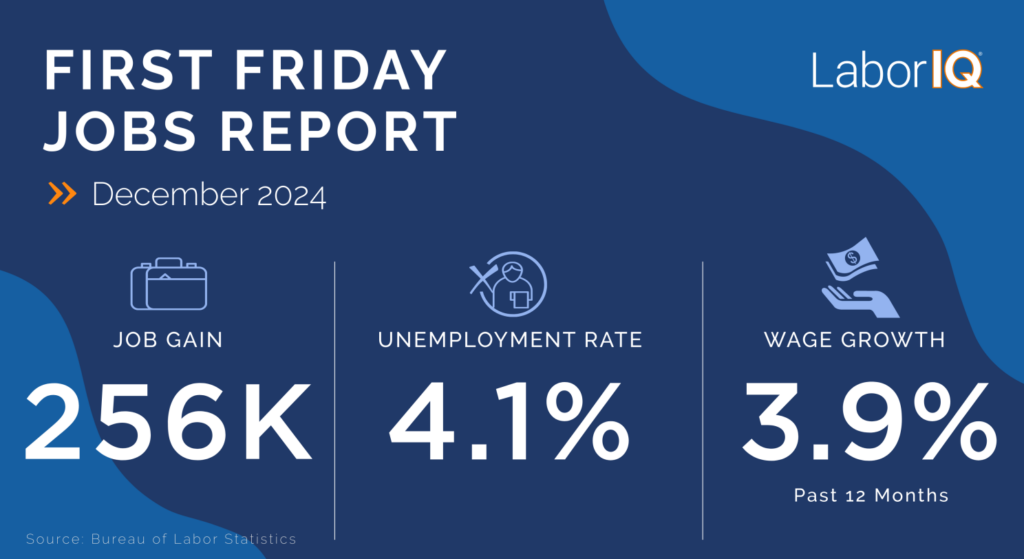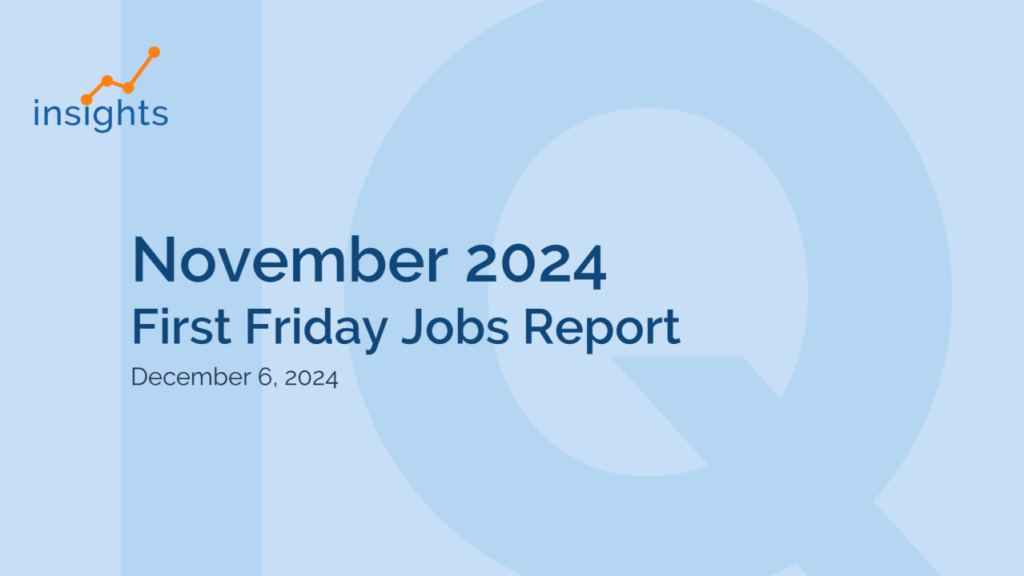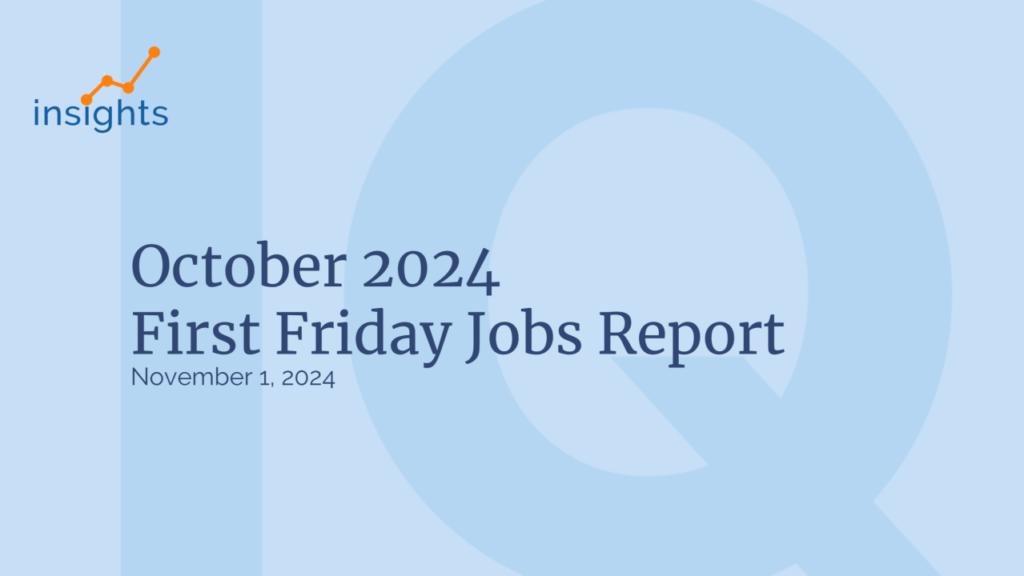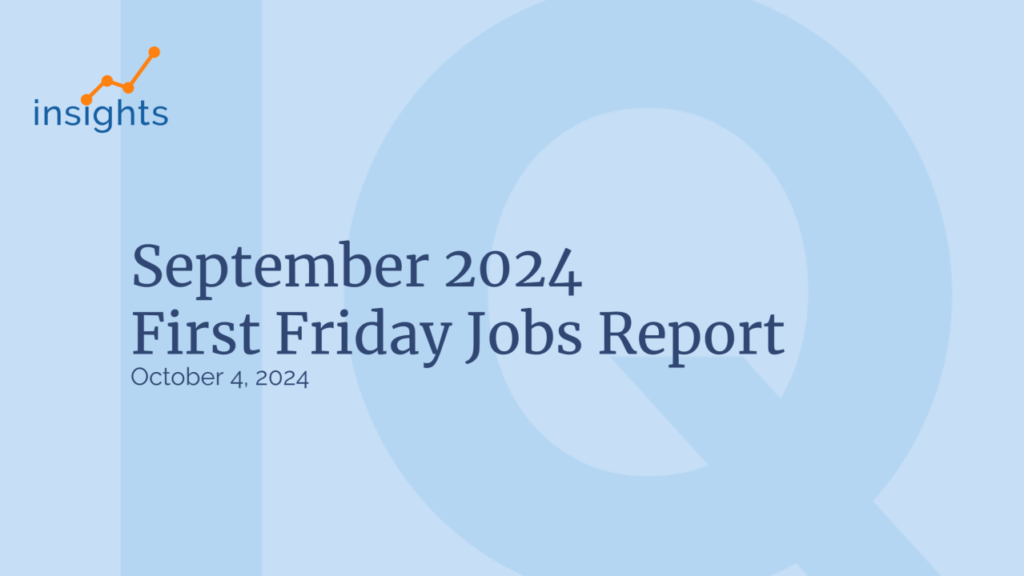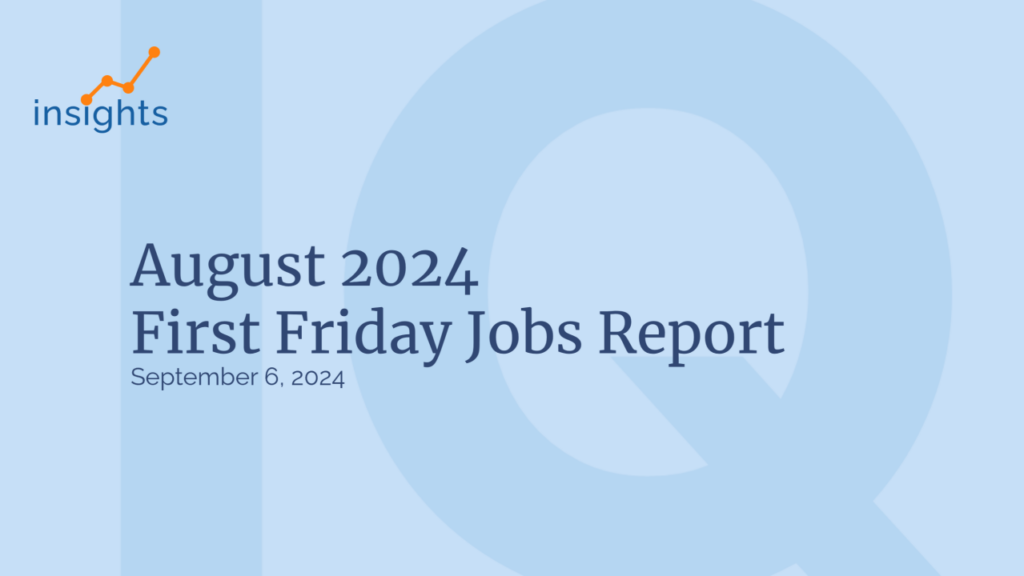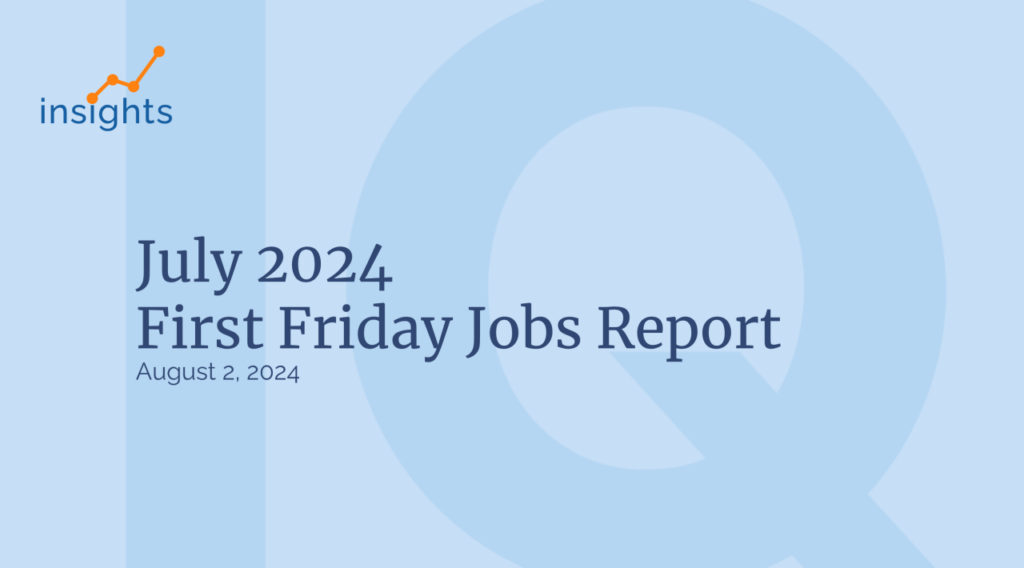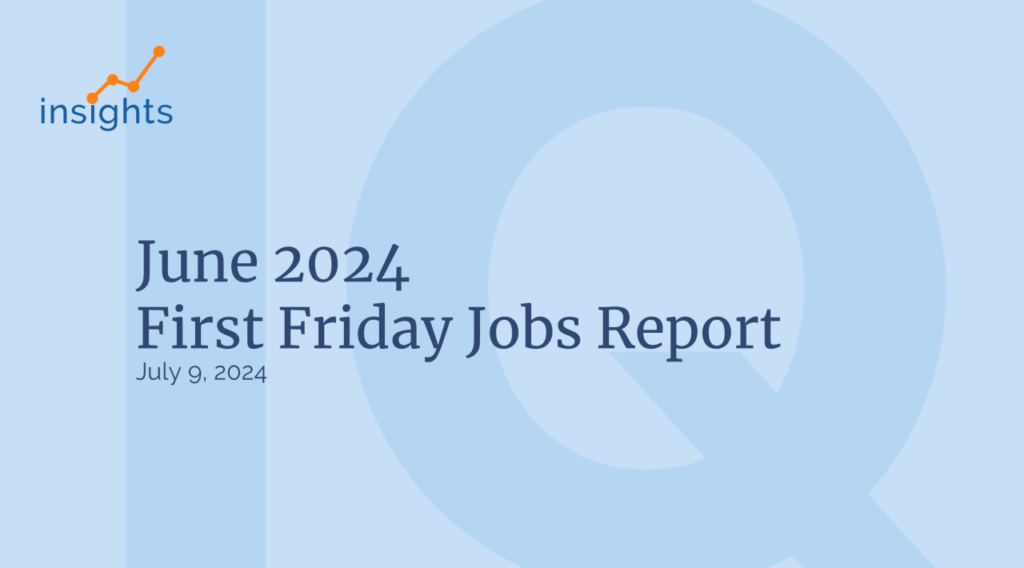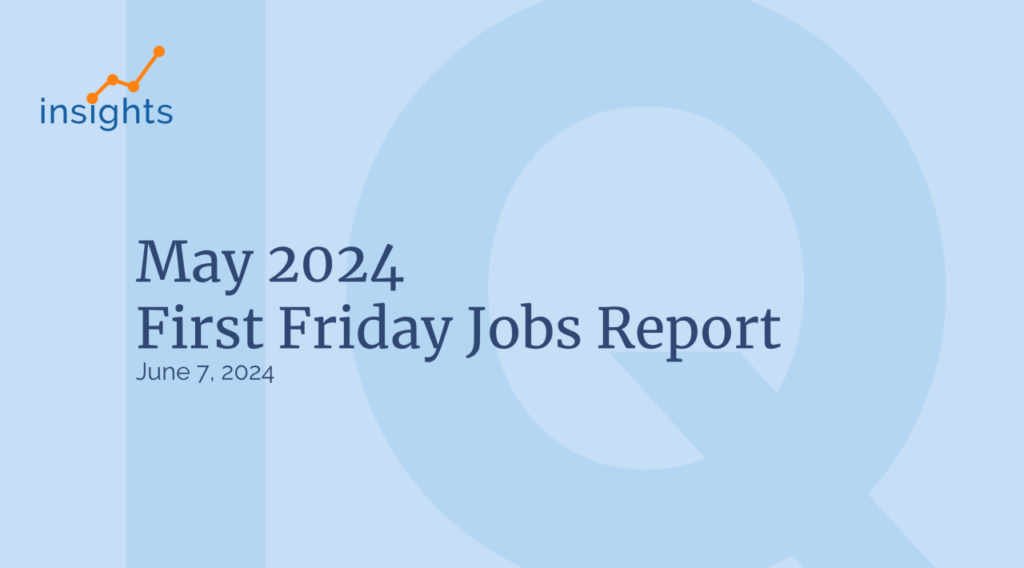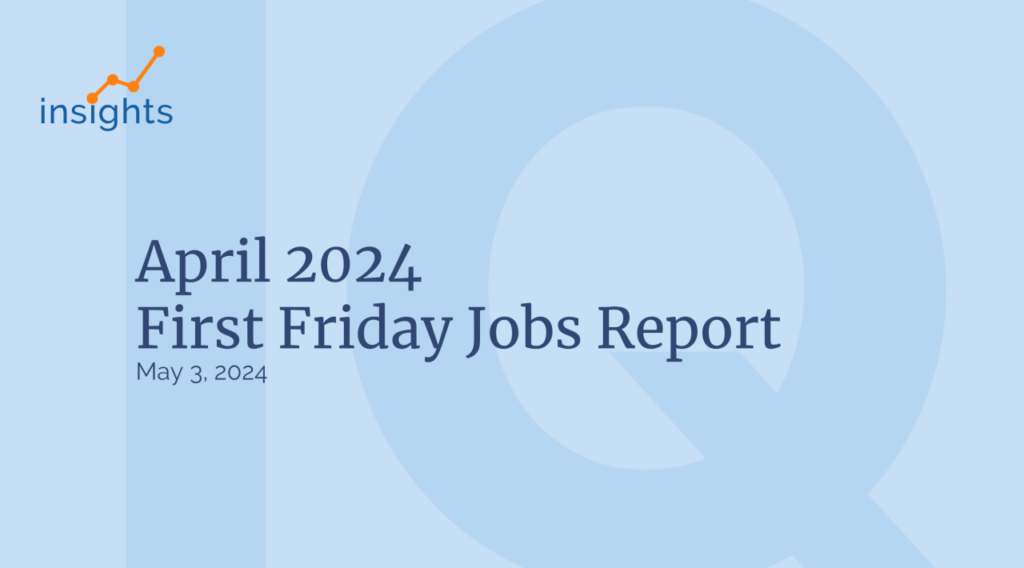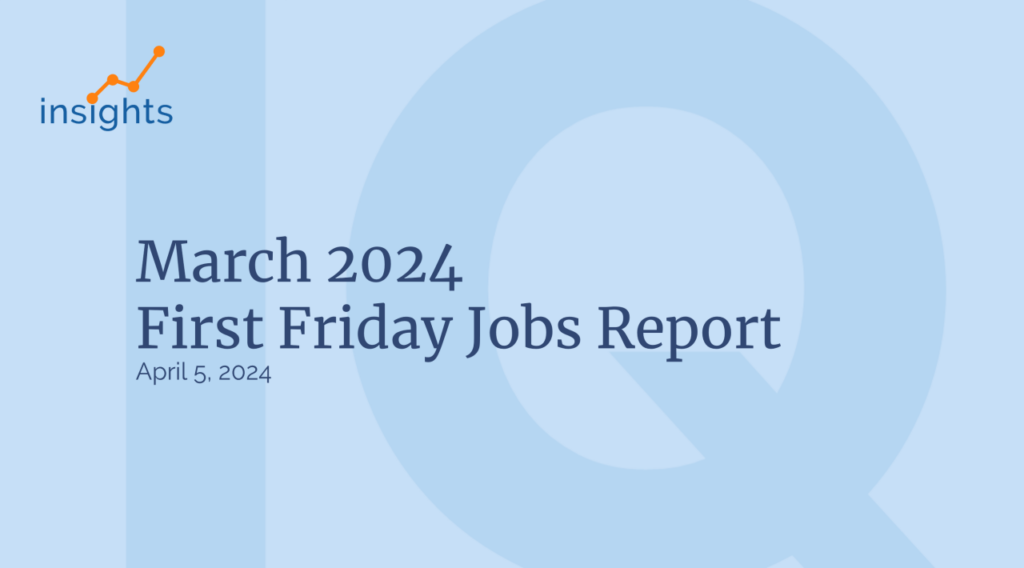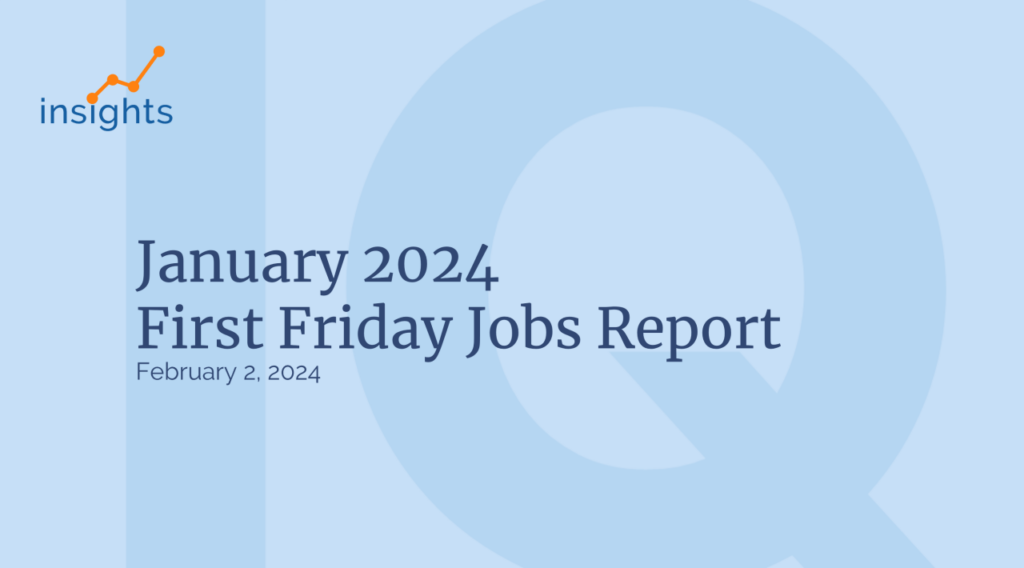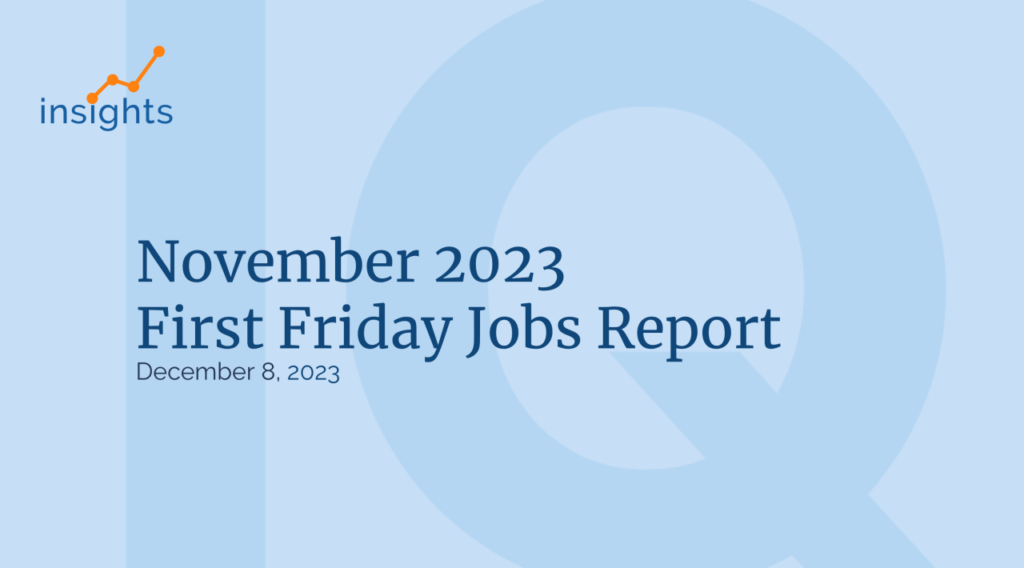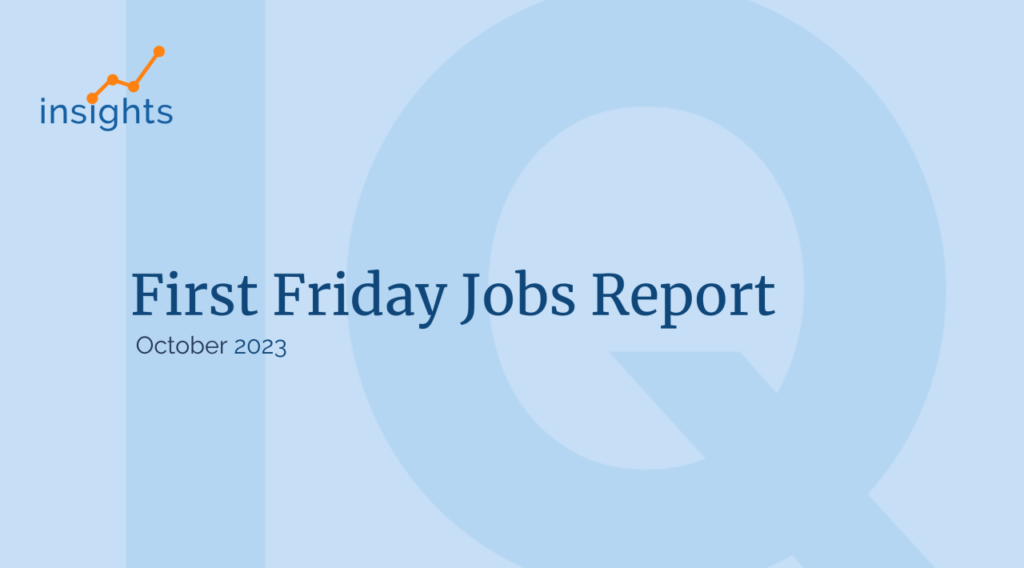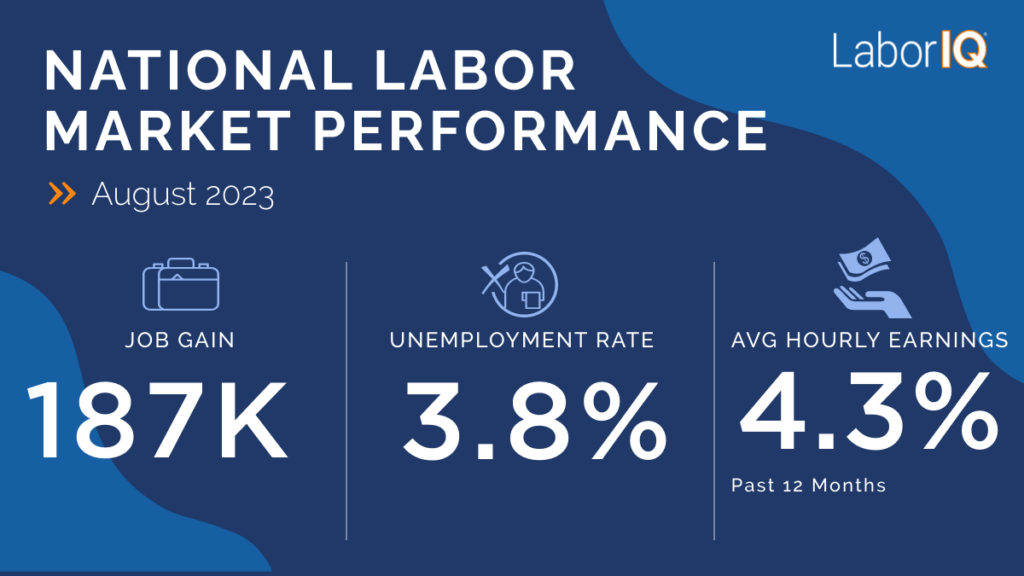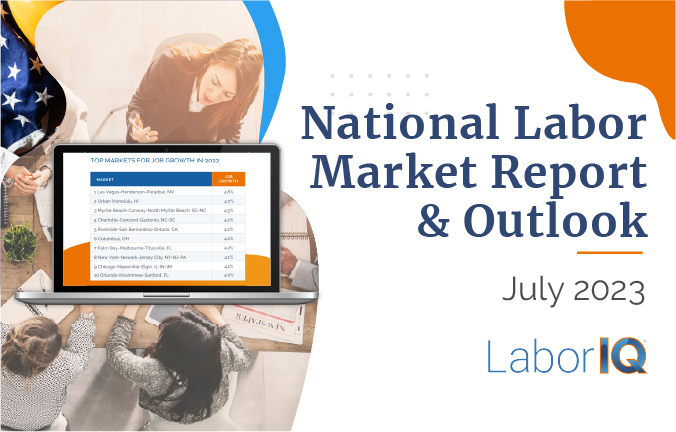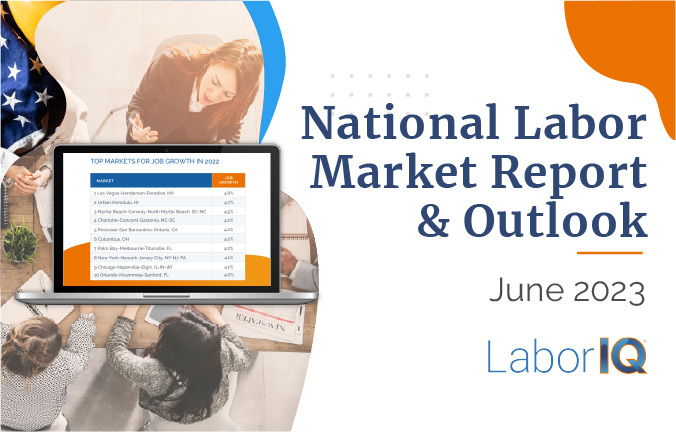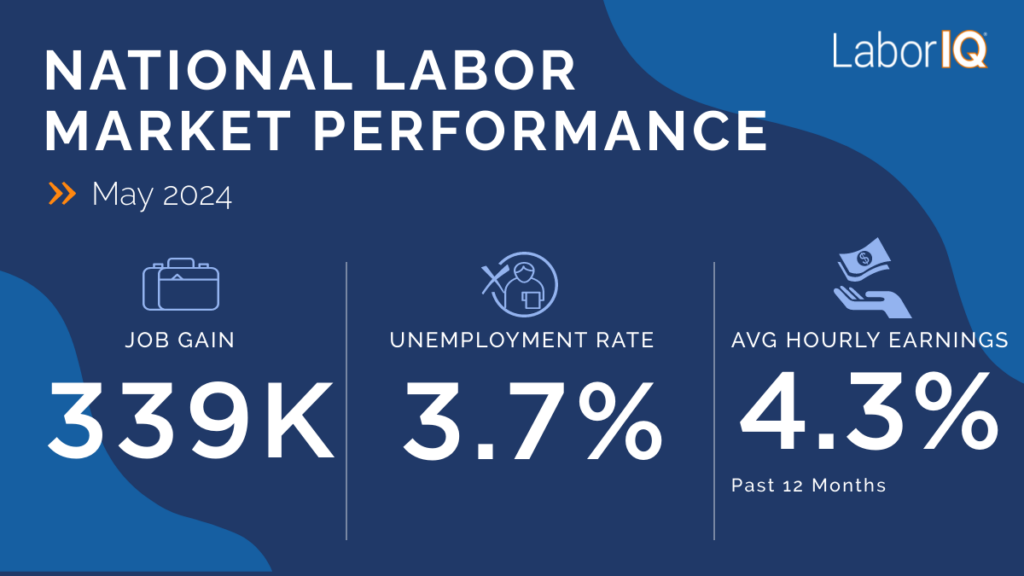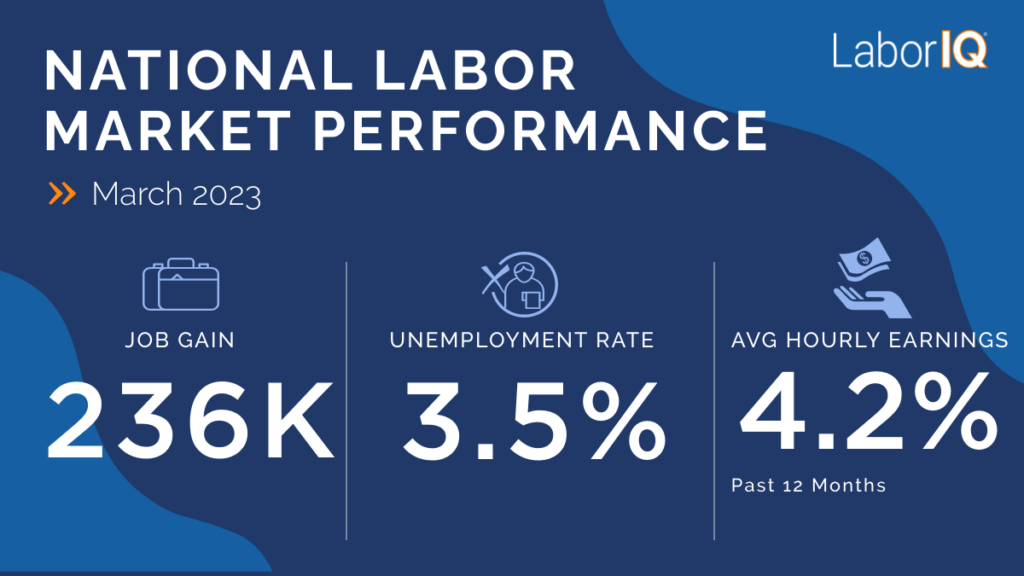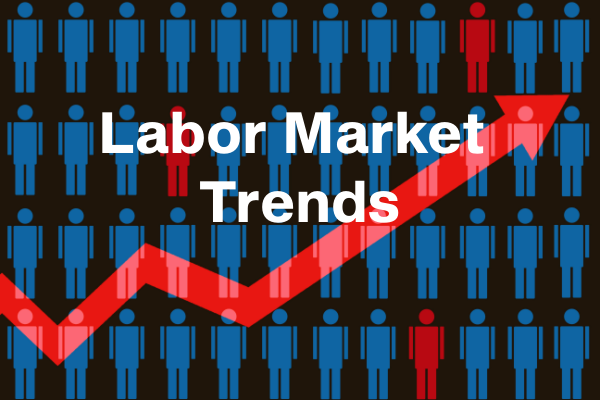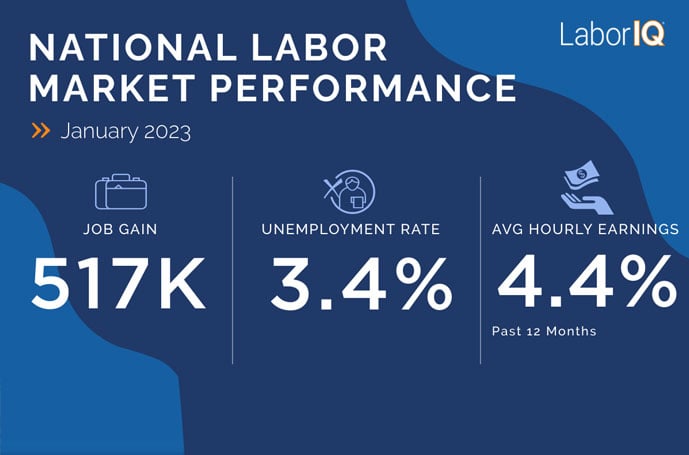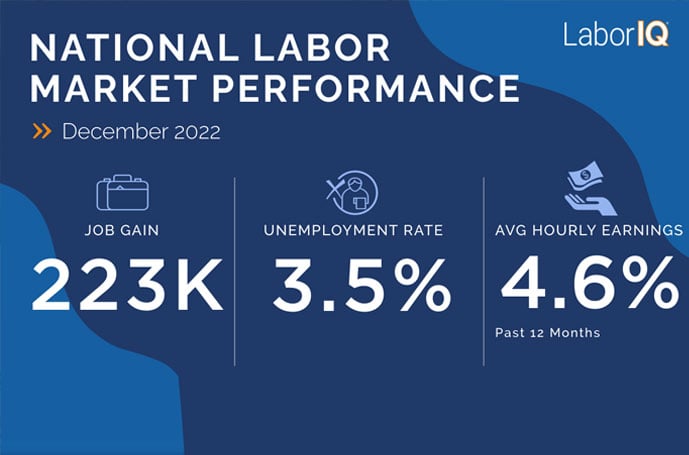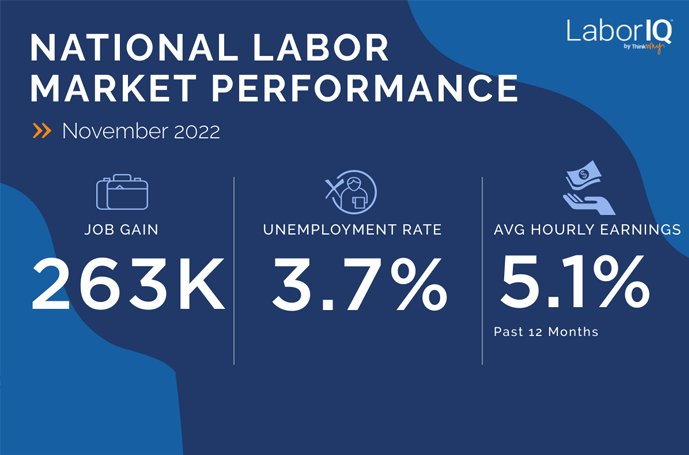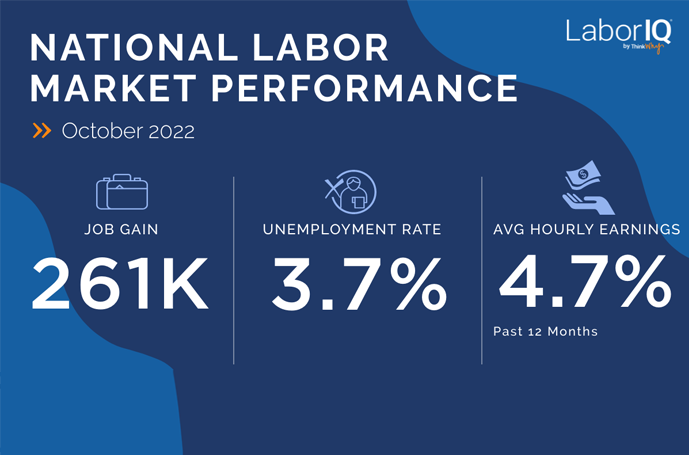Overview
This edition of Insights breaks down July’s First Friday jobs report and highlights the following:
- July Jobs Report 📊 Hiring stalled but wage growth puts pressure on businesses to remain competitive when it comes to compensation.
- 2026 U.S. Compensation Expectations 💸 Compensation planning should not go on autopilot this budget season.
July Jobs Report Breakdown
U.S. businesses added 73,000 new jobs in July, below expectations of around 115,000. The unemployment rate ticked up to 4.2%, and 12-month wage growth held steady at 3.9%.

Revisions Tell the Story
While the headline stats were unremarkable, the big story in July’s report is revisions. Hiring totals for May and June were revised downward by a combined 258,000. Aside from the pandemic onset in April 2020, these revisions were the largest since the late-1980s.
To put the scale of the employment revisions into perspective from today’s release, 258,000 is roughly equivalent to the employment base of a small or medium-sized U.S. metro area.
- Augusta-Richmond County, GA-SC: 250K
- Fort Wayne, IN: 240K
- Lakeland-Winter Haven, FL: 280K
- Lancaster, PA: 270K
- Lansing-East Lansing, MI: 250K
- Ogden-Clearfield, UT: 280K
- Palm Bay-Melbourne-Titusville, FL: 260K
- Scranton-Wilkes-Barre-Hazleton, PA: 270K
- Spokane-Spokane Valley, WA: 270K
- Springfield, MO: 240K
These revisions are a clear sign the labor market has not been as robust as previous estimates reported.
Over the past couple of years, industry hiring has helped paint a more nuanced picture of the labor market. While hiring totals have looked strong, most employment gains occurred in just a couple of industries – healthcare and social assistance and leisure and hospitality.
For this month’s revisions, industries also tell an important story. State and local government hiring had been a bright spot the last couple of months, but it turns out that hiring totals were 116,000 lower than the past two months suggested.

The Key Takeaway: Compensation Pressures aren’t Going Away
Hiring has stalled. However, layoffs and unemployment remain low, and at 3.9% wage growth continues to be robust. Businesses face dueling challenges of slower economic growth and continued pressure to keep up with compensation.
U.S. Personnel and Budget Setting Season
Compensation Planning Should Not Go on Autopilot
Headlines touting “steady”salary budgets for 2026 seem to reinforce the idea that merit planning is no longer at the forefront of people strategy.
Based on two recent surveys of thousands of U.S. business leaders – World at Work and WTW Salary Budget Planning Report – these headlines fail to capture the nuanced reality many business leaders face when it comes to comp planning for 2026.
Throughout the summer and early fall, many U.S. businesses are setting and finalizing budgets, including personnel and expense planning that often requires comprehensive competitive wage analysis.
During presentations to HR and business leaders, one of the questions that inevitably comes up is “how much will I need to budget for salary increases next year?”
Data underlying the claims of flat wage growth for next year tells another story. Based on both surveys, U.S. organizations project salary increases of around 3.5% next year. These estimates fall in line with LaborIQ’s 3.3–3.8% projected wage growth for 2026.
Economic uncertainty, combined with a stalled labor market, often contributes to the idea that compensation planning can go on autopilot. However, these critical decisions depend on accurate market salary data and robust compensation data analytics.
Implications for 2026 Personnel Expense Planning
Regardless of whether U.S. businesses have room in their budgets for a blanket pay increase next year, they are revisiting their compensation strategies to strengthen their position in the market when it comes to pay.
Follow LaborIQ for strategic insights on all things U.S. compensation and hiring.

Compensation Planning Resources from LaborIQ
- HR Best Practices: Building Effective Compensation Structures for Operational Excellence. A well-designed compensation framework streamlines decision-making processes, enhances employee understanding of career progression, and supports transparent pay practices that meet modern workforce expectations.
- Best Practices for Developing and Managing Pay Bands. Just as important as the framework is communicating it to employees. Clear communication helps employees understand the new structure and their position within it.


